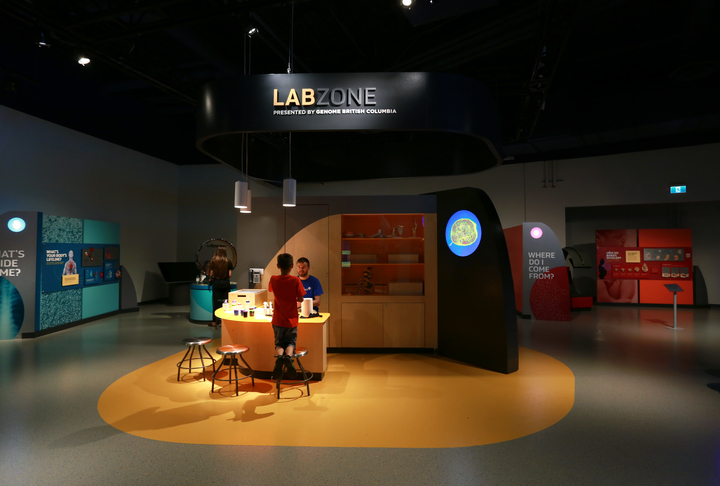In this activity, students learn about the digestive system by going through an obstacle course simulating the digestive tract.
You can use the materials listed, or materials you have on hand (and a little imagination) to represent the different parts of the digestive system:
- Mouth: Where the tongue, teeth and saliva help to mechanically break down the food. The saliva also helps to chemically break down some carbohydrates at this point. The resulting mushed up food is called a bolus.
- Esophagus and Epiglottis: The epiglottis prevents the bolus from entering the trachea (or "windpipe")and beinginhaled. The bolus is directed through the esophagus and into the stomach.
- Stomach: Where the food is mixed with gastric juices, churned and mashed even further to pass into the intestines.
- Intestines: The small intestine is where the pancreas and liver deliver juices to help break down fats and proteins and where the nutrients are passed into the blood. The large intestine then absorbs the last of the water and some minerals before the result is excreted from the system. An adult's small intestines measure nearly 7 meters.
- Anus: Where your poop finally exits, several hours after food has entered your system.
Vocabulary:
- Bolus: The small amount of food that has been mashed by chewing and is ready to swallow.
- Epiglottis: A valve-like structure that prevents food from entering the windpipe when eating and drinking.
- Esophagus: Commonly called the “food pipe”, it carries food and water from the mouth to the stomach.
- Trachea: A thin-walled, cartilaginous tube connecting the larynx to the bronchi; the windpipe.

